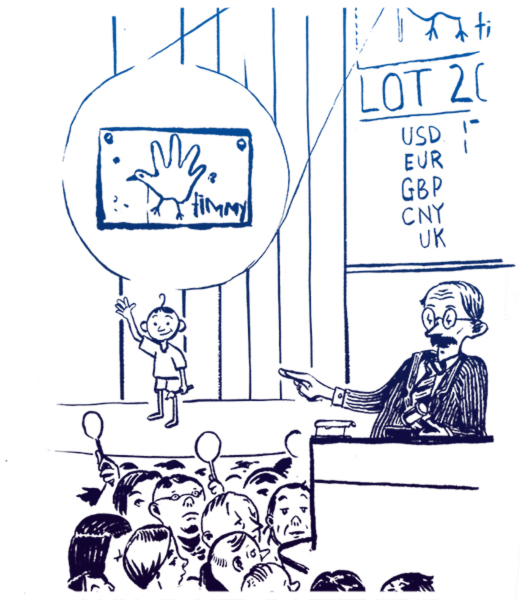ZEITGUIDE TO MODERN PHOTOGRAPHY

Is art photography having a moment?
Last week, the three-year-old art fair Paris Photo Los Angeleshad arguably its most successful event yet, drawing 80 galleries from 17 countries and attracting A-list collectors such asGwyneth Paltrow,Judd Apatow and Brad Pitt.
In the age of selfies and Instagram, photography hasn’t been devalued as an art form. Quite the opposite: Art photography last year racked up $180 million in total sales, an all-time high. While that still represents just 2% of the global art market, interest from collectors is piqued as photographers explore the tensions and possibilities that exist between the physical and the digitalrealms.
Gueorgui Pinkhassov and David Alan Harvey, for instance, showcase their new work via Instagram. Richard Prince did the opposite for his much-debated 2014 show at Gagosian in New York: his show of 38 inkjet prints were all appropriated from the Instagram feeds of celebrities and strangers. Doug Rickard’s2012 photo series “A New American Picture” reinvented the concept of street photography by using Google Street View images of inner-city Detroit, Baltimore, Houston and other forlorn urban spaces. Penelope Umbrico regularly sifts the Internet for photo series, such as “Sunset Portraits” from Flickr or “Views from the Internet,” extracted and abstracted from home-improvement web sites.
Not all contemporary photographers have hopped on the technology train. Some are resisting the digital urge and finding new ways to experiment and engage without click-button filters.
For Marco Breuer’s stirring “Zero Base” exhibit, he burned, scraped, folded and otherwise physically manipulated the photographic material, forcing viewer to reconsider what a photographic image truly is. David Benjamin Sherry’s “Climate Vortex Sutra,” show at Salon 94, presented landscape photography in unnaturally oversaturated hues as a way to comment on humans’ effect on our environment. Walead Beshtyis creating camera-less images by exposing objects directly on photosensitized paper.
“People thought digital would kill analog,” Florian “Doc” Kaps, co-founder of The Impossible Project (which revived Polaroid-style film and cameras) told Destinations magazine. “It turned out that digital was the best change for analog to be rediscovered.”
This photography rethink was perhaps best encapsulated by the International Center of Photography’s 2014 exhibition “What Is a Photograph?” The title suggested a self-reflective moment when the institution — dedicated to all forms of reproduced images — questioned its own identity as it was moving from one museum space to another.
“Mediums are breaking down as reproduction, assimilation, and appropriation are becoming a more central part of the creative process,” ZEITGUIDE friend and art consultant Elana Rubinfeld told us. “Photographers are moving beyond point and click. It’s freeing and super exciting.”
